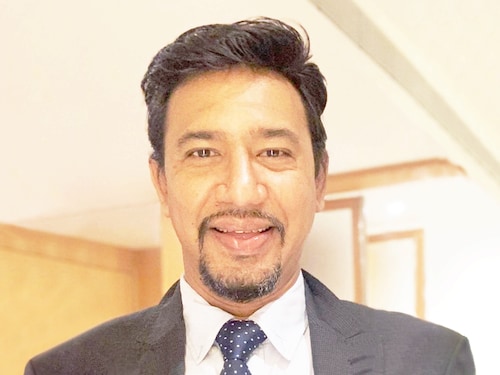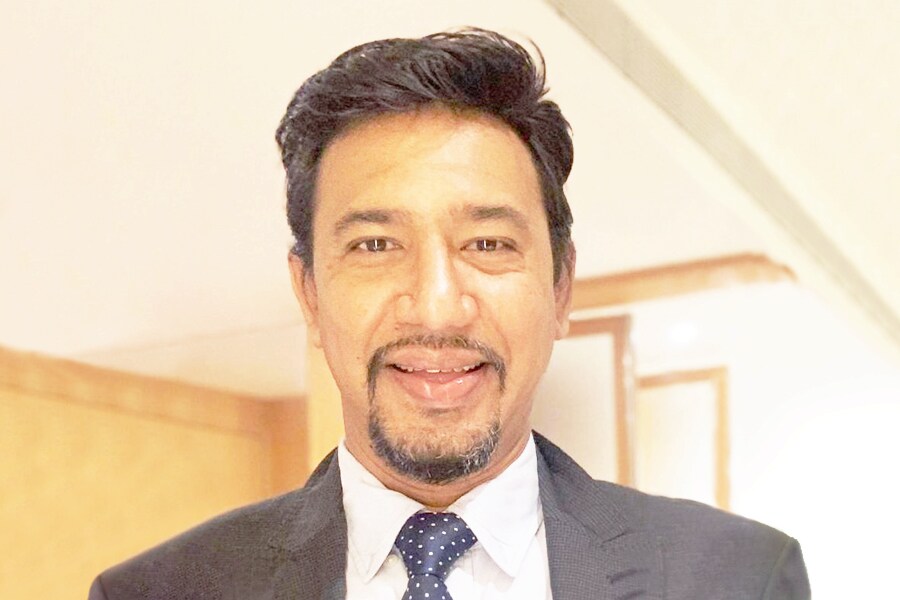Reconstructive Urology
Dr. Ashish Pardeshi, FCP, DNB (Surgery), DNB(Urology), Consultant Reconstructive Urologist, Andrologist & Transplant Surgeon, Specialist in Advance Penile & Urethral Reconstructive Surgery, Pune



Reconstructive urology is surgery to restore normal function by repairing, rerouting, or recreating areas of the upper and lower urinary tract and some reproductive organs. Patients might need reconstructive urology because of injuries, birth defects, medical conditions, or complications from surgery or other treatment.
A urethral stricture is a scar or narrowing of the urethra that may make it difficult for you to urinate. Symptoms may include a slow or weak urinary stream, frequent urination, an urgent need to urinate and urinary tract infection. There are many causes of a urethral stricture. Common causes range from perineal trauma (i.e. straddle injury), pelvic trauma, sexually transmitted diseases, urethral trauma, radiation treatments and some skin disorders.
A urethral stricture may be detected by an X-ray study or by a cystoscopy. The best test for diagnosis (in most cases) is an X-ray study called a retrograde urethrogram. During this test, a very small catheter is inserted into the tip of the penis and contrast is gently used to fill the urethra. This test allows us to see the location, length, and severity of the urethral stricture.
There are several broad options for managing a urethral stricture. Understanding the location, length and severity allows us to better tailor the treatment options to each individual patient.
There are a wide range of reconstructive procedures which include:
Urethral Dilation: Using sequentially bigger tubes, the stricture (scar) is stretched using a cystoscope. It will not cure most strictures but it will temporarily make your symptoms better. This is an outpatient procedure and you will usually have a catheter for 1 week.
Urethrotomy: This is a very similar procedure to a urethral dilation. Instead of using tubes, a small knife is used that can pass through the cystoscope to cut the stricture open. It will not cure most strictures but it will temporarily make your symptoms better. This is an outpatient procedure and you will usually have a catheter for 1 week.
Urethroplasty: This involves open surgical correction of the stricture. Although this is the most invasive option, cure rates are vastly better than the previous options. Cure rates can be as high as 90% although more complex repairs have lower success rates.
Diversion: Options for diversions include a perineal urethrostomy in which we make a new urethral opening usually behind the scrotum. Your ability to control your urination should remain unchanged. The main difference is that you will need to sit to urinate. Other diversion options involve re-routing the urine away from your urethra.
Reconstruction of the genitourinary tract in adults becomes necessary when normal function of one or more of its components are impaired. A reconstructive urologist has the experience and specialized training necessary to perform intricate surgical procedures that restore a patient’s urinary function and quality of life.
The pages slugged ‘Brand Connect’ are equivalent to advertisements and are not written and produced by Forbes India journalists.
First Published: Aug 17, 2021, 13:19
Subscribe Now